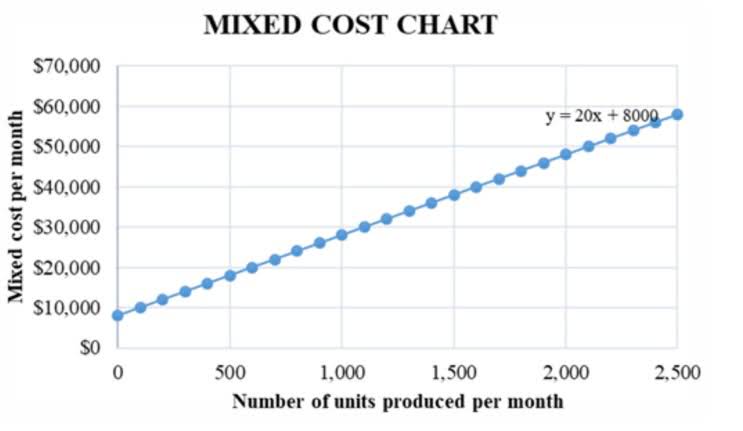Goodwill Accounting: What You Need to Know
Content
- 3.2 Subsequent Measurement of Goodwill (Impairment only)
- What is Goodwill in Accounting?
- Step 2: Calculate the fair value of the Acquired Business
- The Valuation of Goodwill
- What Are the Factors That Determine the Value of Goodwill
- Impact of Goodwill on Financial Performance
- Goodwill in financial statements

This excess amount of consideration paid by the purchaser is classified as goodwill. Also, a third-party purchase is the only circumstance where goodwill can be https://accounting-services.net/the-ultimate-guide-to-bookkeeping-for-independent/ recognized. This is due to the complexities of recognizing and measuring internally generated goodwill, which lacks any arm’s-length third-party associations.
The valuation of goodwill is done when a business firm is been sold, to accurately calculate the purchase consideration of the firm, i.e., the actual amount which has to be paid or received while selling the firm. Admission of a new partner leads to the reconstitution of a partnership firm. This causes a change in the existing profit-sharing ratio among the partners. When a new partner enters the firm, generally the existing partners have to surrender some of their shares in favour of the new partner.
3.2 Subsequent Measurement of Goodwill (Impairment only)
However, it needs to be evaluated for impairment yearly, and only private companies may elect to amortize goodwill over a 10-year period. The $2 million, that was over and above the fair value of the identifiable assets minus the liabilities, must have been for something else. The value of goodwill is highly subjective, especially since it does not independently generate cash flows.

A company’s relationships with suppliers and other stakeholders also affect the value of goodwill. Strong supplier relationships can lead to more efficient supply chains, cost savings, and higher profitability, Online Bookkeeping Services for Small Businesses all of which contribute to higher goodwill value. Companies with significant goodwill on their balance sheet may be difficult to compare with those with relatively low goodwill value.
What is Goodwill in Accounting?
It can also be broken down based on industry and can be referred to as business goodwill, practitioner goodwill, or practice goodwill. If Business B is worth $450,000 as determined by the marketplace buyers and sellers, otherwise known as fair market value, then Business A would place an excess amount of $50,000 as goodwill on its balance sheet. Your final step would be to subtract the fair market adjustment, which is $250,000, from the excess purchase price. Business goodwill considers the entire business and looks at factors such as customer base, marketplace standing, and brand considerations. Goodwill accounting involves a series of simple calculations to determine exactly how much goodwill will need to be recorded.
If the carrying amount exceeds the recoverable amount, an impairment loss is recognized for the difference. Internally generated goodwill refers to the value that a company creates through its own efforts and operations. It is not acquired from external sources but is developed over time as a result of the company’s successful business practices, brand building, customer relationships, and market positioning.

Commenti recenti